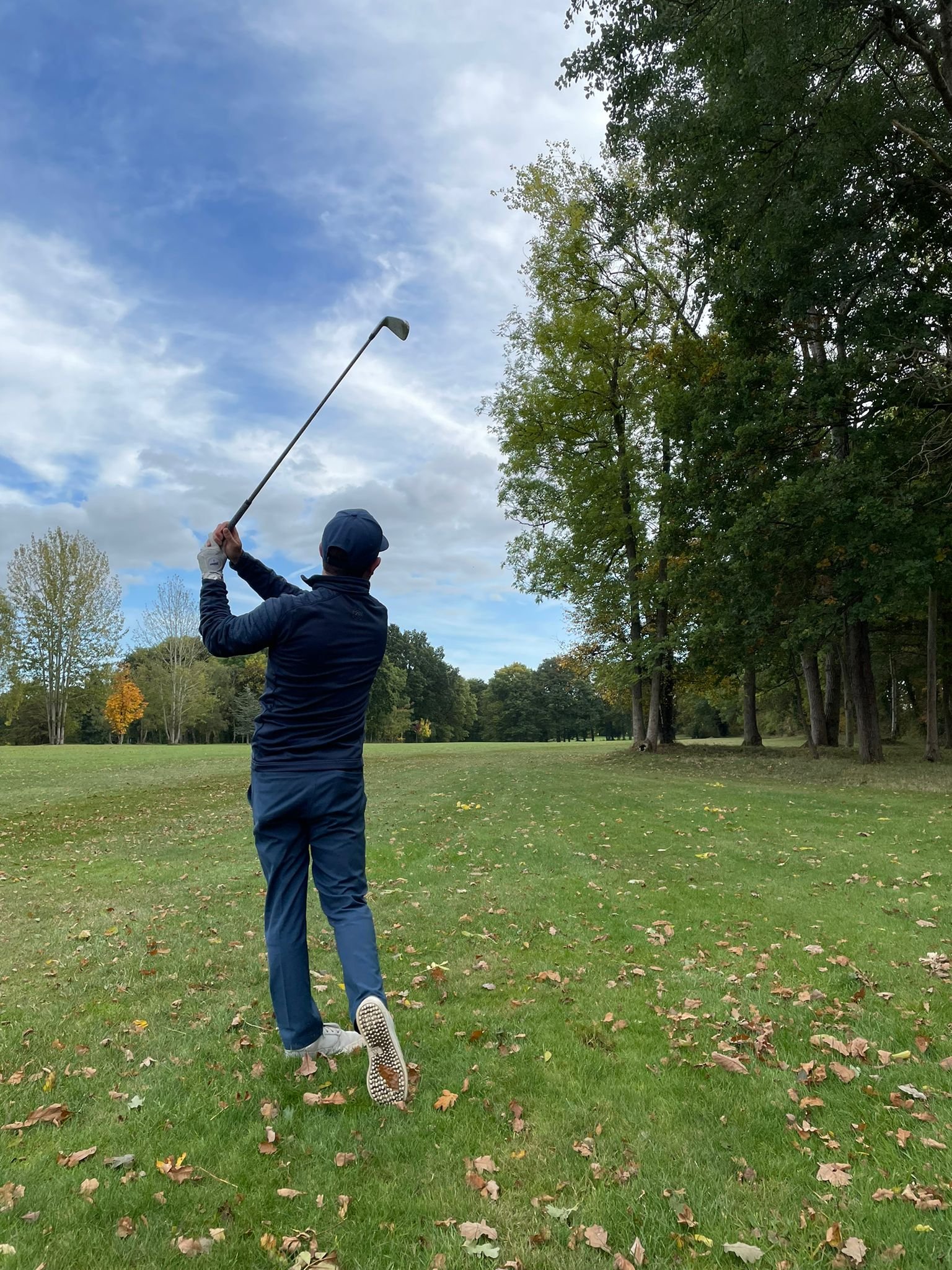Many people come to us with limited understanding of why they hit a fade or draw. Understanding why the ball curved can be a great way to learn from your mistakes or missed shots or how to get out of trouble by hitting your desired shot shape.
There will be a few terms used in this blog. Here are some and their definitions:
Swing Path - “This is the direction the head of the club is moving in immediately before, during and immediately following impact in relation to the target.”
Clubface angle - “This is the degree to which the leading edge of the clubface is at right angles to the swing path.”
So lets clarify some misconceptions. To understand how the ball curves, this statement will help:
“The Face sends it (the ball), the swing path bends it (the ball).”
For example, with a 6iron the clubface angle at impact has a 75% correlation/influence on where the golf ball starts and swing path is 25%. The clubface angle has a bigger correlation on less lofted clubs. E.g. With a driver the clubface angle accounts for 85% of the start direction and with a putter (typically 2-4 degrees of loft), accounts for 95% of the start direction. In simple terms, when putting if the ball starts left or right of target on a short putt, there is a high probability it will be caused by clubface angle at impact.
So how does the ball curve?? Simply if the clubface angle is to the right of your swing path at impact, the ball will curve to the right (fade for right handed golfer) and vice versa for a clubface to the left of your swing path (providing you hit it out of the centre of the clubface).
It becomes more difficult to understand why the ball curves if you don’t hit the centre of the clubface. Heel strikes will tend to start the ball further left and curve the ball more to the right (for a right handed golfer). This will also increase backspin and reduce your efficiency. A toe strike will start the ball further right and curve the ball more to the left (for a right handed golfer). It will also produce less backspin but still lose ball speed compared to a centre strike.
So how do we plan to hit a draw or fade?
Draw: (For right-handed golfer).
To hit a draw that finishes on our desired target, the ball must start right of target and curve back on to target. To do this our swing path must be to the right of target (in-to-out), our clubface left (closed) to our swing path BUT still marginally right of our target. To hit this shot, I would recommend setting up square to the target initially, then move in a circle with your body so your body alignment is right of target (This is to maintain our correct ball position for optimal strike). Have the clubface still aim close to our desired target, just slightly to the right of target. Our job for the shot is to then swing down our body alignment with our clubface left of our swing path.
Fade: (For right-handed golfer).
To hit a fade that finishes on our desired target, the ball must start left of target and curve back on to target. To do this our swing path must be to the left of target (out-to-in), our clubface right (open) to our swing path BUT still marginally left of our target. To hit this shot, I would recommend setting up square to the target initially, then move in a circle with your body so your body alignment is left of target (This is to maintain our correct ball position for optimal strike). Have the clubface still aim close to our desired target, just slightly to the left of target. Our job for the shot is to then swing down our body alignment with our clubface right of our swing path. Typically this shot will reduce distance relative to a draw so to hit a desired distance, we must change to a club that goes further.
To Summarise:
The ball always starts off between swing path direction and clubface aim direction.
The ball always starts off nearer to the clubface alignment
A strike on the clubface that is not from the sweet spot or centre of clubface complicate these
For a fade (or draw) the swing path must be out to in (in to out), with the clubface open to the swing path (closed to the swing path) but to the left of the target line (right of the target line).
Fun drill to test your ability when you go and practice next. This will be a performance test which will closely related to on course playing environment instead of working on technique in a block practice environment.
Shot Shaping Game: The Tiger Drill
9 shots with a 7 iron or Driver: Try and hit:
- Low Flighted Shot - Fade, Draw and Straight
- Medium Flighted Shot - Fade, Draw and Straight
- High Flighted Shot - Fade, Draw and Straight
Write down how many shots it takes for you to hit all 9 desired shots


